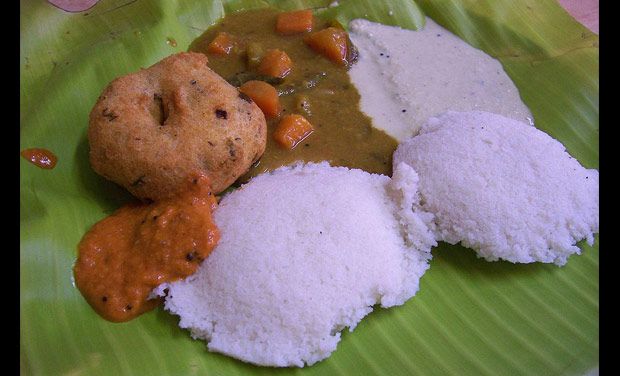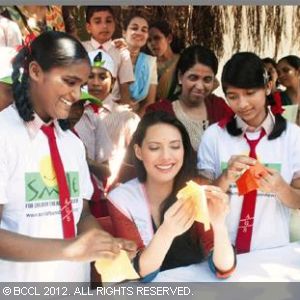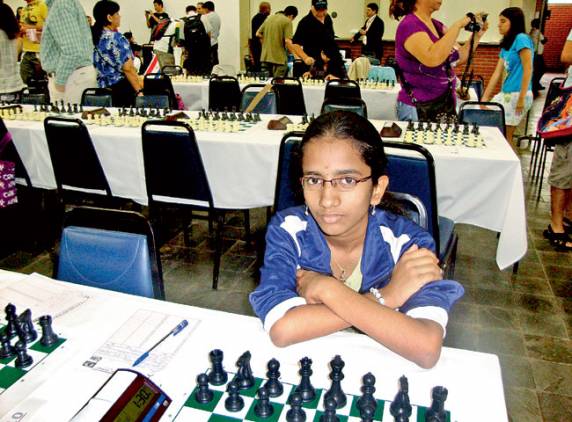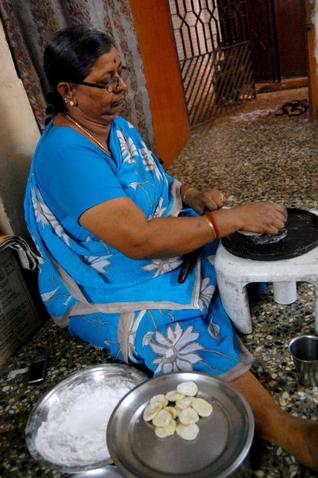Bangalore:
Olympic-bound race walkers Basant Bahadur Rana and Irfan KT, both sepoys in the Indian Army earning just Rs 15,000 a month, have been forced to spend from their pockets for past several months to buy special walking shoes. Both are sole bread winners of fairly large families and have spent thousands each on their shoes in the past year, which they can ill-afford.
The government has spent crores on the training of sportspersons for the London Games, but these two talented athletes have got no help on this front either from the federation ( AFI), Sports Authority of India or the sports ministry.
Rana, who is with 3/8 Gorkha Rifles, must have spent at least Rs 40,000 on shoes in the past 18 months. With each pair costing upwards of Rs 6,000, he has grinned and borne the burden. He joined the army to escape poverty in his home country Nepal, where his father is a farmer.
“I am the sole bread-winner for a family of seven. We are not educated and there is hardly anything to gain out of farming. Depending on the season, we have to do hard labour to make ends meet,” says Rana, who earns around Rs 15,000 as havildar.
“I haven’t been of much help to my family as all my money is spent on the kit and shoes,” the first Indian to make Olympics grade in 50km Race Walk said.
For Madras Regimental Centre sepoy Irfan, who too hails from a poor background, it has been the same story for months. Mounting expenses had the Mallapuram (Kerala) lad worried for a while as he geared up for the quadrennial event with his mind forever on his family of seven which his father, a daily wage earner, struggled to support.
Again, Irfan’s salary of Rs 15,000 was hardly enough to cover every expense the family faced. It’s only now that he has found a benefactor in Malayalam superstar Mohanlal.
Both walkers point out that they require no other equipment but good shoes to come up with a good performance.
“I cover around 1,100km every month,” says Rana, as he shows two of his worn-out shoes. “I need at least 6-7 pairs of shoes a year. The kit that we receive from the government contains running shoes, which is of no use to us. There have been instances at the national camp when I had to put off buying new shoes by a few weeks. I make do with these worn-out shoes then.”
Rana, who paid $140 for a pair of shoes in Russia during the World Race Walking Cup, said the amount is yet to be reimbursed. “Two days back, Irfan found the shoes he wanted in Bangalore. He paid around Rs 6,000 for them. He too is hoping to get the money back.”
The two virtually circumambulated the earth ever since they began training for London 2012 before making the grade. Rana touched 4:02.13 in 50km, well within the ‘B’ mark of 4:09.00 while in 20km, Irfan clocked 1:22.09 as against the ‘A’ mark of 1:22.30 at the IAAF World Race Walking Cup in Saransk, Russia in May.
The two athletes, who are certainties for the Olympics along with the other two 20km walkers Gurmeet Singh and Baljinder Singh, had moved from Patiala to Bangalore in April after Athletics Federation of India decided to have both the walking camps, one under Russian Alexander Artsybashev and the other under SAI coach Ramakrishnan Gandhi, at the South Centre.
SAI to reimburse walkers’ expenses
Sports Authority of India regional director SS Roy was sympathetic to the walkers’ appeal, saying he would reimburse the amount immediately.
“These two walkers were in Patiala till April. I am not sure what happened there. But now that they have shifted base to Bangalore, we will take care of them,” Roy told TOI.
Apparently, the south centre has reimbursed the claims of the other walkers training under Ramakrishnan Gandhi – Gurmeet Singh and Baljinder Singh – and Roy said he saw no reason why the others walkers had to be denied. “They have been here for a few weeks but haven’t brought this to my notice. Let them produce the bills and we will do the needful,” he said.
source: http://www.timesofindia.indiatimes.com / TOI Home> Olympics 2012 / by V. Narayan Swamy, TNN / July 03rd, 2012



